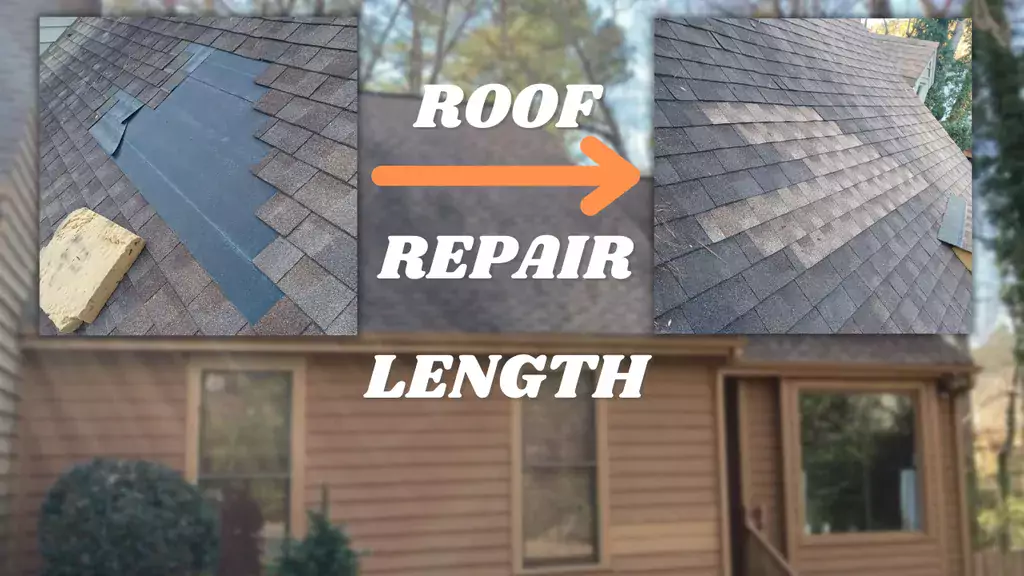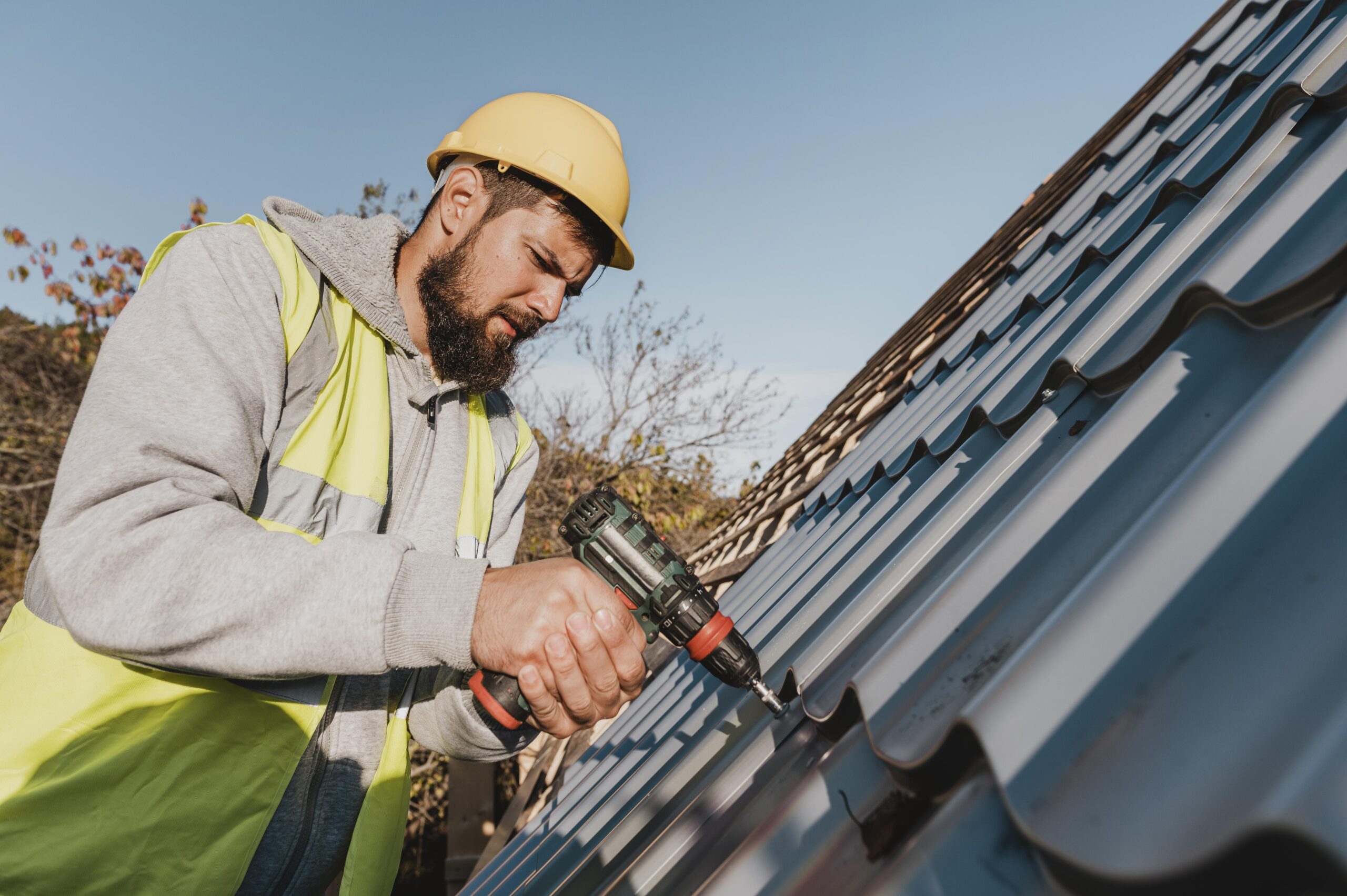Roofing Oahu: Top Quality Solutions for Resilient Roofs in Oahu
Wiki Article
Understanding the Various Sorts Of Roofing Systems: A Comprehensive Guide for Homeowners
With a selection of choices-- ranging from the typical gable to the modern flat-- each kind presents one-of-a-kind advantages and difficulties that should straighten with the homeowner's ecological factors to consider and specific requirements. As we check out the complexities of various roofing types, it ends up being obvious that one size does not fit all; the right option may shock you.Saddleback Roof
Gable roofing systems, defined by their triangular form, are amongst the most preferred roofing styles because of their simplicity and efficiency in losing water and snow. This layout features two sloping sides that meet at a ridge, enabling reliable drain and minimizing the threat of water build-up. The high pitch commonly related to saddleback roofs enhances their capacity to handle heavy precipitation, making them appropriate for different environments.In enhancement to their practical advantages, saddleback roofs use aesthetic flexibility. They can be adjusted to different building designs, from traditional to modern-day homes. The layout can also fit additional features such as dormer windows, which improve natural light and air flow in the attic area.
Moreover, gable roofs supply sufficient space for insulation, adding to energy efficiency. Property owners can pick from a range of roofing products, including asphalt tiles, metal, and ceramic tiles, better boosting personalization alternatives.
In spite of their benefits, saddleback roofs might need added support in areas prone to high winds or hefty snowfall. In general, the gable roofing continues to be a preferred selection due to its mix of capability, toughness, and aesthetic charm.
Flat Roofs
Flat roof coverings are typically recognized for their minimalist design and sensible applications, especially in industrial and business setups (oahu roofing). These roofing systems feature a almost straight or straight surface, which permits very easy construction and flexible area utilization. While they might do not have the aesthetic allure of pitched roofs, flat roof coverings supply numerous advantages, especially in urban environments where maximizing area is crucialAmong the key benefits of flat roofing systems is their availability. Homeowners can use the roofing system area for various purposes, such as rooftop yards, terraces, or photovoltaic panel installments. Additionally, level roof coverings are generally more affordable to preserve and mount compared to their sloped counterparts, as they need less products and labor.
Nevertheless, flat roofs do present certain obstacles. Appropriate drain is necessary to protect against water merging, which can cause leaks and structural damages. Hence, choosing top notch waterproofing materials and regular evaluations are crucial for making sure longevity. Typical materials made use of for flat roofing systems include built-up roof (BUR), changed bitumen, and single-ply membrane layers, each offering distinctive benefits. On the whole, flat roofing systems act as a functional and versatile option for numerous property owners and organizations alike.
Hip Roofings
Hip roofs are defined by their sloped sides that merge on top, forming a ridge. This style stands out from gable roofs, as all four sides of a hip roofing slope downwards toward the wall surfaces, providing a much more stable structure. The angle of the slopes can differ, permitting convenience in building visual appeals and functionality.Among the key advantages of hip roofs is their capability to hold up against heavy winds and unfavorable weather. The sloped surfaces enable better water drainage, lowering the threat of leaks and water damage. Additionally, hip roofs use enhanced attic room room, which can be made use of for storage space or perhaps converted into comfortable areas.
Nevertheless, building a hip roof can be much more costly and intricate than less complex roof covering types, such as saddleback roofs. The extra material and labor associated with producing the slopes and ensuring proper architectural integrity can bring about greater expenditures. In spite of these downsides, several home owners favor hip roofings for their toughness, visual allure, and potential for energy performance.
Mansard Roofs
Mansard roofings, usually acknowledged by their one-of-a-kind four-sided design, attribute two inclines on each side, with the lower slope being steeper than the top. This architectural style, originating from France in the 17th century, is not just cosmetically attractive but functional, as it takes full advantage of the usable room in the top floorings of a building. The high reduced incline enables even more headroom, making it a perfect choice for attic rooms or lofts, which can be converted right into living rooms.Mansard roofs are identified by their versatility, accommodating numerous building designs, from traditional to modern-day. They can be constructed with different products, including asphalt roof shingles, slate, or steel, supplying homeowners with a variety of choices to suit their spending plans and preferences. In addition, the style permits the assimilation of you can look here dormer home windows, boosting natural light and ventilation in the upper levels.
Nevertheless, it is vital to think about the possible downsides. Mansard roofs might need even more upkeep as a result of the complexity of their design, and their steep slopes can be challenging for snow and rain runoff. Generally, mansard roofs incorporate style with usefulness, making them a preferred choice among property owners looking for distinctive architectural attributes.
Dropped Roof Coverings
As home owners increasingly seek simplicity and performance in their building designs, shed roofing systems have emerged as a preferred option. Defined by a single sloping aircraft, a shed roofing offers a minimalist aesthetic that complements different home styles, from contemporary to rustic.Among the key benefits of a shed roof is its uncomplicated building and construction, which commonly translates to decrease labor and product expenses. This style enables efficient water drain, minimizing the threat of leakages and water damage. Furthermore, the vertical slope offers sufficient space for skylights, boosting all-natural light within the interior.
Shed roof coverings additionally use adaptability in terms of use. They can be successfully incorporated into enhancements, garages, or outdoor structures like pavilions and sheds. Furthermore, this roofing system design can suit various roof covering products, including metal, asphalt tiles, or even green roofing systems, aligning with eco-friendly campaigns.
Nonetheless, it is necessary to think about local climate conditions, as hefty snow lots might demand modifications to the roofing's angle or structure. Generally, lost roof coverings present a practical and visually pleasing option for home owners aiming to take full advantage of capability without jeopardizing design.
Conclusion


Gable roofings, identified by their triangular shape, are amongst the most prominent roof styles due to their simplicity and efficiency in dropping water and snow. oahu roofing. The steep pitch generally linked with gable roofing systems improves their capability to handle hefty precipitation, making them ideal for various environments
While they may lack the aesthetic allure of pitched roofing systems, level roofs supply numerous advantages, particularly in metropolitan settings where making best use of area is essential.

Report this wiki page